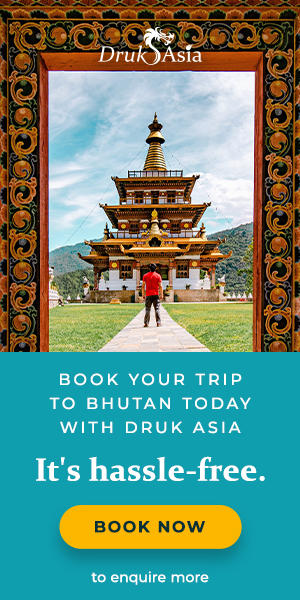Reasons Why Locals are Flocking to Paro Ta Dzong After Almost a Decade.
On June 24th 2020 Paro Ta Dzong opened to the museum visitors as A Tribute to His Majesty the King coinciding with the 40th Birth Anniversary celebration

Paro Ta Dzong Museum has reopened after almost a decade. In 2011 Paro Ta Dzong was hit by the deadly earthquake which left the cylindrical and most unique fortress closed for both local and tourist visitors’. On June 24th 2020 Paro Ta Dzong opened to the museum visitors as A Tribute to His Majesty the King coinciding with the 40th Birth Anniversary celebration. The major difference that can be seen in the current state of the National Museum is the state of the art service amenities (modern museum lighting system, security surveillance system and emergency exits) incorporated within this historic and traditional watchtower.
Today local people flock to the newly renovated museum located at the hilltop overlooking lush green Paro Valley.
HIGHLIGHT
History
The Paro Ta-Dzong was built as a guardian watchtower for Rinpung Dzong, to keep a close watch on the movement of enemy forces from external invasions and internal oppositions. Later on, upon the command of the Third King Jigme Dorji Wangchuck, the structure was renovated and inaugurated as a textile museum in the year 1968. Today the National Museum is a major tourist attraction in Paro Valley. What makes Ta Dzong the most unique and spectacular is its architecture and the structure of the fortress.
Ta Dzong was built in the mid 17th century in a circular shape as an eight-storey structure. It has a cavity in front which resembles the sun and the moon while the exterior front is framed by a globular wall. A footbridge between the upper fifth floor and the lower third floor which could be disconnected confining the captives to the 4th floor was strategically useful to limit enemy advances. According to history, the Dzong’s fourth floor was used as a prison cell in the past.
The underground passage is believed to have connected the tower to the Pa chhu river thus ensuring water supply during the times of war.
Artefact Collection
The 7 storyed museum houses many antique and precious objects ranging from ancient and modern scroll paintings (Thangka), Mandalas, earthen, copper and bronze pots dating back to 17th century and variety of swords. There are also exhibits of objects and artefacts relating ancient arms and weapons and farming tools. Some of the highlights of the museum’s collection include the exhibition of textiles, Crown and also sword worn by the previous kings of Bhutan.
One of the floors showcases currencies and age old coins used since time immemorial and also varieties of stamps. There are also display of kinds of costumes worn by Bhutanese from different regions
Taxidermy Animals
There is also an exhibition of objects and artefacts relating to insects and animals of Bhutan in the building located above Ta Dzong, The collection at the gallery includes horn of horse (yes believe it or not) and an egg claimed to have been laid by a mule .
Virtual Tour / Guided Tour
For the first time in the history of the museum in Bhutan, Ta Dzong Museum is accessible to the virtual tour and is now online. The National Museum is an educational institution whose staff enjoys sharing its collections with national and international students and researchers. We welcome students, student groups and others who may have a specific interest in Bhutanese history and culture. Guided tours may be arranged in advance upon request.
Please contact the museum at +975 8 271257/ + 975 8 272453 during office hours.
If tourist wishes to tour the National Museum, for prior arrangement and travel queries , contact DrukAsia.
Watch the Video - https://www.youtube.com/watch?v=ZkJvc5LKnAs




